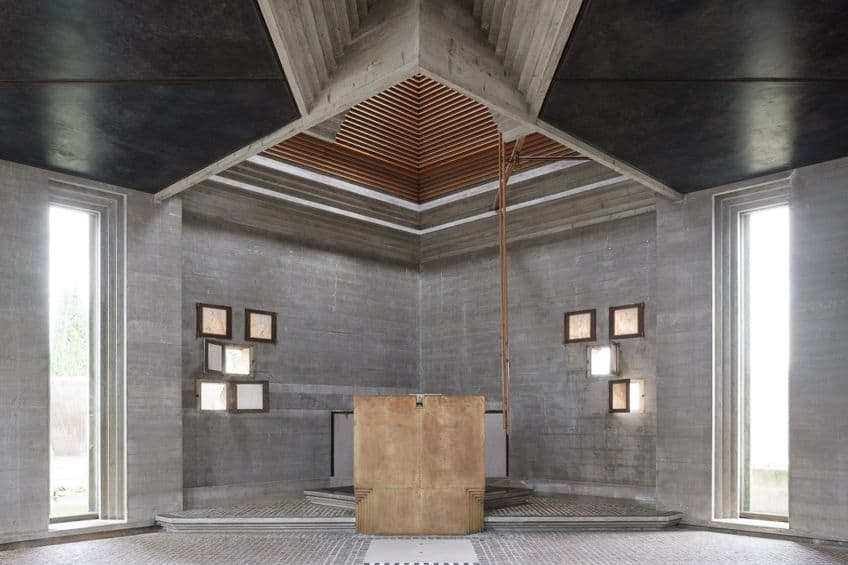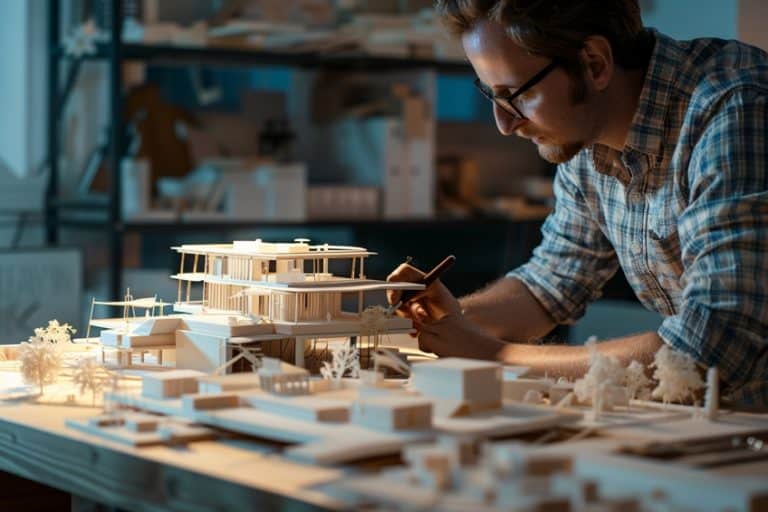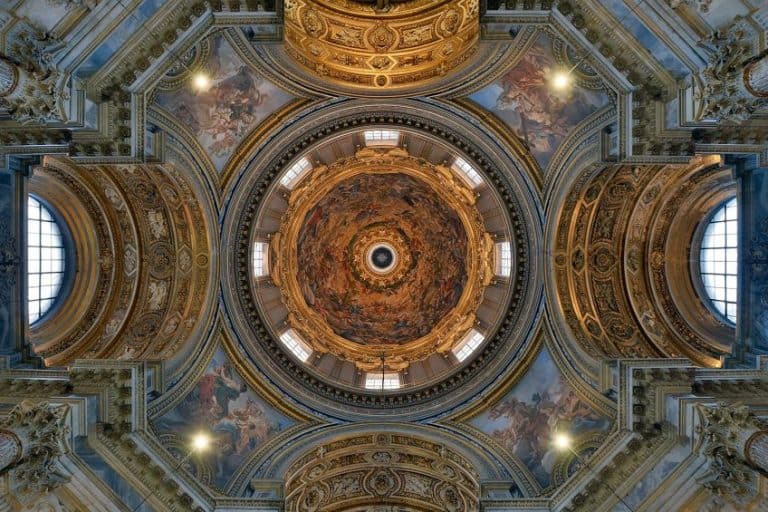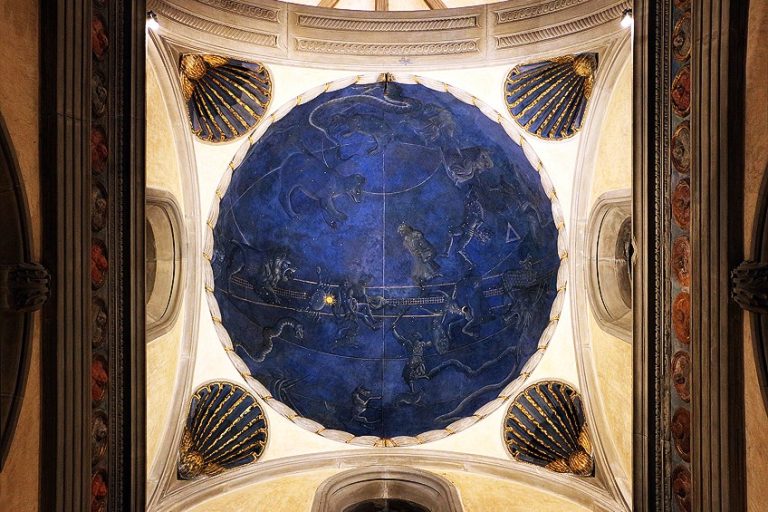Carlo Scarpa – The Cutting Edge of Architectural Design
Carlo Scarpa, a luminary in the realm of architecture, was revered for his distinctive approach that seamlessly blends traditional craftsmanship with contemporary design principles. Born in Italy in 1906, Scarpa’s career spanned several decades, leaving an indelible mark on architectural history with his innovative use of materials, meticulous attention to detail, and harmonious integration of space and light. His works, ranging from museums and galleries to residential buildings and gardens, reflect a profound understanding of context and a dedication to creating spaces that resonate with both functionality and aesthetic brilliance. Join us as we delve into the captivating world of Carlo Scarpa’s architectural masterpieces and unravel the genius behind his timeless creations.
Key Takeaways
- Carlo Scarpa was a visionary Italian architect influenced by Venetian culture and known for integrating craftsmanship and artistry in his designs.
- His architecture is distinguished by the innovative use of materials, meticulous attention to detail, and harmonious blend of historic and modern elements.
- Scarpa’s legacy endures in his iconic works and his pervasive influence on architecture and design, leaving a lasting imprint on the Venice landscape and beyond.
Early Life and Education
| Birth | June 2, 1906 |
| Death | November 28, 1978 |
| Place of Birth | Venice, Italy |
| Genre of Work | Architecture |
| Notable Works |
|
Carlo Scarpa, born on June 2, 1906, in Venice, was deeply influenced by the cultural heritage and traditional craftsmanship of his Venetian background. He honed his architectural understanding at the Royal Academy of Fine Arts in Venice. His approach merged the meticulous attention of a craftsman with the vision of an artist, carving out a niche for himself that transcended traditional architectural boundaries.

Scarpa’s work is characterized by a deep respect for historical contexts coupled with a bold, inventive use of materials and forms. Despite the modern twist in his designs, Scarpa’s admiration for the heritage and craftsmanship of his native Venice was ever-present in his projects. Through a career that spanned several decades, he meticulously designed not just buildings but experiences, integrating water, light, and space to engage with the senses.
His work in Veneto, the Olivetti Showroom, and the Brion Tomb stand as testaments to his belief that architecture should echo its environment and history while consistently stretching towards the future.
Influence of Japanese Architecture
Scarpa’s architectural vision was significantly influenced by Japanese architecture. He appreciated the Japanese attention to material detail and their integration of buildings with the natural environment. These principles resonated with Scarpa, who seamlessly blended traditional Venetian elements with innovative design throughout his career.

Formation in Venice
While at the Royal Academy of Fine Arts, Scarpa cultivated his craft under the rich history and arts of Venice. His education was rooted in the Venetian tradition, emphasizing the mastery of materials and the contextual relationship between architecture and its environment.
Scarpa began his foray into the design world by collaborating with Venetian glassmakers, which further shaped his intricate understanding of craftsmanship.
Key Projects and Works
Carlo Scarpa left an indelible mark on 20th-century architecture with his modernist buildings rooted in the historical and cultural context of their settings. His work can be characterized by meticulous detailing and materiality, which is especially evident in projects such as the Museo di Castelvecchio, the Brion Tomb and Sanctuary, and the Fondazione Querini Stampalia.

Museo di Castelvecchio
The Museo di Castelvecchio, or the Castelvecchio Museum, is a demonstration of Scarpa’s nuanced approach to restoration. He transformed the medieval castle in Verona into a museum, where his interventions created a dialogue between old and new. Scarpa’s work here involved reorganizing the circulation and creating new exhibition areas that highlighted both the artifacts and the historic building itself.
Key features included:
- Redefinition of exhibition spaces
- Integration of modern elements with the historic fabric

Brion Tomb and Sanctuary
The Brion Tomb and Sanctuary, also known as the Brion-Vega Cemetery, resides in San Vito d’Altivole. This project embodies Scarpa’s masterful play with light and geometry. It is a space of contemplation, showcasing Scarpa’s ability to sculpt space with concrete and water, thus reflecting a deep connection to Venetian culture.
Key features included:
- Sculptural concrete forms
- Water features symbolizing continuity and reflection

Fondazione Querini Stampalia
At the Fondazione Querini Stampalia, Scarpa intervened in a 16th-century palazzo in Venice with a renovation that is sensitive to the historic context. Scarpa designed a new entrance, a garden, and an exhibition space, displaying a reverence for materiality and craftsmanship. The project is indicative of how modern design can thoughtfully coexist with heritage.
Key features included:
- Articulated entrance sequence
- Harmonious blend of modern designs and historic context
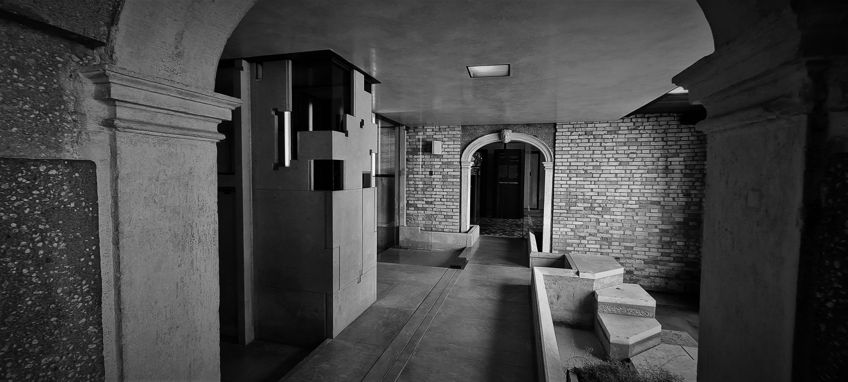
Philosophy and Design Approach
Carlo Scarpa’s architectural vision was marked by a profound appreciation for materials and craftsmanship. His design philosophy orchestrated spatial narratives that harmonized with their environment.

Materials and Craftsmanship
Scarpa was renowned for his exquisite approach to materials, marrying tradition with modernity. His work with glass, frequently collaborating with Murano artisans like Venini Glassworks, underscored this affinity. Scarpa’s designs often highlighted the unique qualities of materials such as concrete and glass, revealing their tactile and visual potential. He elevated common materials to an art form, focusing on how light interacted with surfaces to create atmosphere and mood.
The level of attention to detail was paramount, with every texture, junction, and surface meticulously considered.
- Materials used by Scarpa: Concretecknowledged for its robustness and versatility, and glass, used to explore transparency and reflection.
- Key attributes: A detailed approach to every aspect, as well as his artistic collaboration with master craftsmen from Murano.
Integration with Environment
He understood that architecture was not just about buildings but the space and atmosphere they created. Scarpa’s work seamlessly blended the built with the natural environment, often incorporating water elements that reflected his Venetian roots. The interaction between light and water, alongside the thoughtful use of materials, generated a unique ambiance. This attention to a building’s setting meant that Scarpa’s structures were never isolated but rather an integral part of the larger context.
- Site-specific design: Structures meticulously integrated with their surroundings.
- Water elements: Water features often used to reflect the interplay of light.
Scarpa’s consideration for materiality and context yields spaces that are distinct and enduring, demonstrating his unyielding commitment to craftsmanship and the intelligent design of space.

Legacy and Influence
Carlo Scarpa is celebrated for his distinctive approach in modern architecture, which incorporates elements of historical craftsmanship, modern design, and an affinity for integrating nature into his work. His legacy is particularly notable for conservation and restoring the connection between ancient structures and contemporary aesthetics.
Scarpa’s influence on modern architecture is evident in his unique combination of materials, light, and space.
He employed a deep understanding of materials, especially evident in his work with Venetian glass, to create compositions that celebrate both form and function. His innovative genius often drew inspiration from Japanese architecture, as well as the works of Frank Lloyd Wright, blending Eastern and Western philosophies of space and materiality into a harmonious synthesis. Critical aspects of Scarpa’s architectural impact include:
- Innovative use of materials: Scarpa showcased the expressive possibilities of materials, notably concrete, metal, and glass.
- Spatial composition: Mastery in the orchestration of spatial experiences, with an emphasis on detail and precision.
- Integration with nature: Designs that seamlessly connected the built environment with its natural surroundings.
Preservation of Scarpa’s Work
The preservation and restoration of Scarpa’s work have become a testament to his enduring significance in contemporary architecture and conservation. Articles, such as those published on ArchDaily, continue to highlight the importance of conservation efforts and discuss Scarpa’s architecture projects as pivotal educational resources for innovation in restoration practices. Notable facets of Scarpa’s work conservation include:
- Restoration projects: They often serve as case studies in architecture for the refined intertwining of new and old elements, preserving the integrity of his original designs.
- Public interest: Ongoing exhibitions and scholarly articles underline the sustained relevance and interest in Scarpa’s designs.
- Educational influence: Architecture programs around the world incorporate Scarpa’s methodologies in their curricula to inspire modern architects in the art of integrating historical context with contemporary design.

Carlo Scarpa’s legacy in the world of architecture is one of enduring inspiration and influence. His ability to transform spaces into poetic expressions of form, texture, and light has left an indelible mark on the field, influencing generations of architects and designers. Through his meticulous craftsmanship, innovative use of materials, and deep respect for tradition, Scarpa created spaces that engage the senses and provoke thought, transcending mere functionality to evoke profound emotional responses. As we reflect on his body of work, we are reminded of Scarpa’s timeless relevance and his profound impact on shaping the built environment. Carlo Scarpa’s architectural journey continues to resonate, serving as a beacon of creativity and excellence for the architectural community and beyond.
Frequently Asked Questions
What Architectural Principles Did Carlo Scarpa Follow in His Designs?
Carlo Scarpa’s architectural principles were deeply influenced by a profound respect for materials and craftsmanship. He focused on the intricate interplay of light, space, and texture, drawing on historical Venetian and Japanese design sensibilities.
How Did Carlo Scarpa’s Design Philosophy Influence His Architectural Works?
His design philosophy manifested in an attention to detail and a commitment to integrating contemporary design with historical contexts. This approach is evident in his restoration projects, where he delicately balanced modern interventions with reverence for the original structures.
What Are Some of the Most Distinguished Works Created by Carlo Scarpa?
Scarpa’s most distinguished works include the Brion Cemetery in San Vito d’Altivole, the Fondazione Querini Stampalia in Venice, and the Castelvecchio Museum in Verona. Each project showcases his mastery of blending new and old, exhibiting a unique narrative through architecture.
In Which Ways Did Carlo Scarpa Contribute to Venetian Architecture?
Carlo Scarpa contributed to Venetian architecture by reinterpreting traditional elements through a modern lens. His work in Venice, particularly the restoration of historical buildings, demonstrated how contemporary architectural techniques could coexist with and enhance the city’s rich heritage.
Isabella studied at the University of Cape Town in South Africa and graduated with a Bachelor of Arts majoring in English Literature & Language and Psychology. Throughout her undergraduate years, she took Art History as an additional subject and absolutely loved it. Building on from her art history knowledge that began in high school, art has always been a particular area of fascination for her. From learning about artworks previously unknown to her, or sharpening her existing understanding of specific works, the ability to continue learning within this interesting sphere excites her greatly.
Her focal points of interest in art history encompass profiling specific artists and art movements, as it is these areas where she is able to really dig deep into the rich narrative of the art world. Additionally, she particularly enjoys exploring the different artistic styles of the 20th century, as well as the important impact that female artists have had on the development of art history.
Learn more about Isabella Meyer and the Art in Context Team.
Cite this Article
Isabella, Meyer, “Carlo Scarpa – The Cutting Edge of Architectural Design.” Art in Context. April 9, 2024. URL: https://artincontext.org/carlo-scarpa/
Meyer, I. (2024, 9 April). Carlo Scarpa – The Cutting Edge of Architectural Design. Art in Context. https://artincontext.org/carlo-scarpa/
Meyer, Isabella. “Carlo Scarpa – The Cutting Edge of Architectural Design.” Art in Context, April 9, 2024. https://artincontext.org/carlo-scarpa/.


